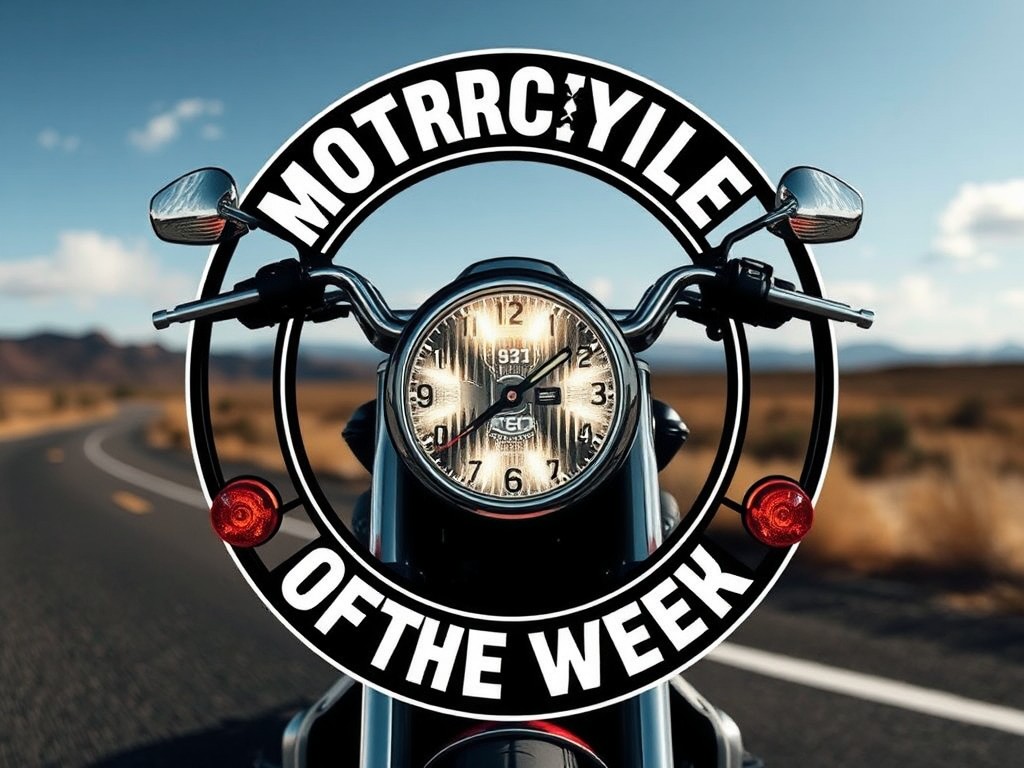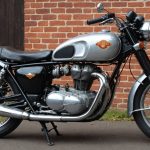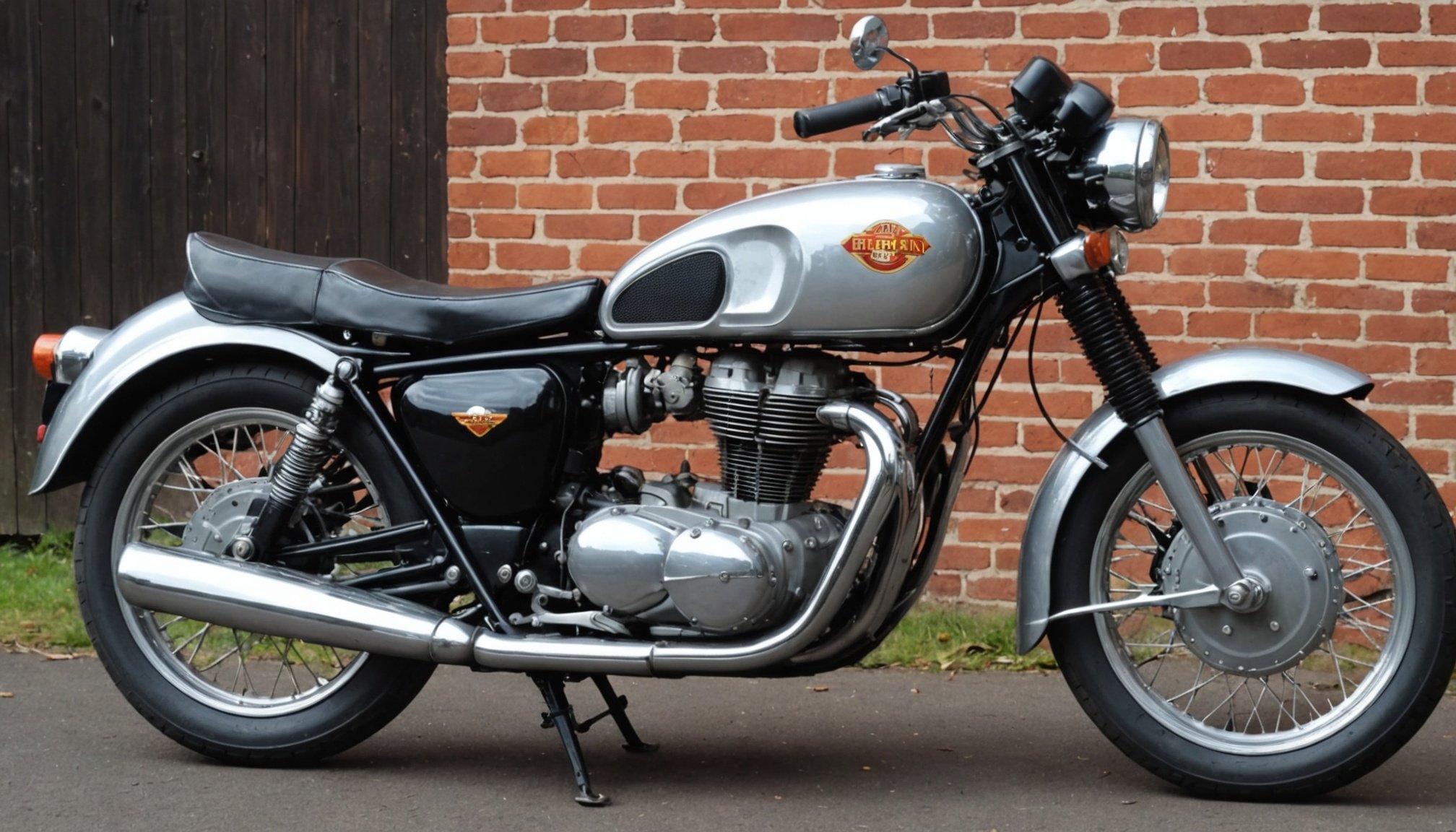Choosing the right paint for a DIY respray of a British vintage motorcycle can initially seem like a daunting task. With numerous brands, colors, and finishes on the market, it’s easy to get overwhelmed by the choices. But armed with the right knowledge, you can navigate the options and choose the ideal paint for your vintage ride. This guide will walk you through the process, from understanding your needs, evaluating different types of paint, to selecting the appropriate finish.
Understanding Your Needs
Before you embark on your quest to find the perfect paint, it’s crucial to understand your needs and preferences. This involves an assessment of the motorcycle’s current condition, your intended use and aesthetic preferences.
Also read : What are the top-rated wind deflectors for British convertibles to enhance aerodynamics?
If you are aiming to restore your British vintage motorcycle to its original glory, your choice of paint should closely match the original factory finish. In this case, researching the original paint color and finish of your specific make and model is essential. You can find this information in vintage motorcycle restoration guides, online forums and vintage motorcycle clubs.
On the other hand, if you are looking to give your bike a custom finish, the options are endless. From fiery reds to cool blues, the color choice is your oyster. Just remember that the paint job should enhance, not overshadow, the beauty of your vintage motorcycle.
Also to see : How can you ensure the optimal functioning of the stability control system in a UK-made SUV?
Evaluating Different Types of Paint
Once you’ve determined your needs, it’s time to familiarize yourselves with the different types of motorcycle paint available. Each type has its own set of advantages and limitations and understanding these can help you make an informed decision.
-
Acrylic paint: This type of paint is easy to use and dries quickly. It’s a popular choice for DIY projects but might not offer the durability required for a motorcycle exposed to the elements.
-
Urethane paint: Known for its durability, urethane paint can withstand exposure to sun, rain, and other environmental factors. It’s a little more costly than acrylic but the long-term benefits often outweigh the initial cost.
-
Enamel paint: This type of paint offers a high-gloss finish that’s perfect for vintage motorcycles looking to recreate the factory finish. Enamel paint is harder to work with and takes longer to dry but offers unmatched depth of color and gloss.
Selecting the Right Color
Choosing the right color is more than just a matter of personal preference. It’s also about maintaining the authenticity of your British vintage motorcycle. Here are some factors to consider:
-
Historical accuracy: If you’re aiming for a restoration, then the color should reflect the original factory color of your bike.
-
Visibility: Lighter colors such as white or yellow are more visible on the road and can contribute to safety.
-
Maintenance: Dark colors tend to show scratches and dust more than lighter ones.
Choosing the Right Finish
The type of finish you choose can significantly impact the final look of your vintage motorcycle. There are three main types of finishes to consider:
-
Glossy finish: This is the most common type of finish for motorcycles. It offers a glossy sheen that makes the color pop and is easy to clean.
-
Matte finish: This gives a flat, non-reflective surface. It’s been growing in popularity in recent years for its modern, edgy look but it requires special care to maintain.
-
Satin finish: This is a middle-ground option between glossy and matte. It has a slight sheen but is not as reflective as a glossy finish.
Preparation and Application
Choosing the right paint for your DIY respray is only half the battle. Proper preparation and application are essential to achieve a flawless finish.
First, you need to properly prep the surface of your motorcycle. This involves cleaning the surface thoroughly, sanding any rough spots, and applying a primer.
When it comes to application, make sure you’re in a well-ventilated area and protect yourself with the right safety gear. Apply thin, even layers of paint, allowing each layer to dry fully before applying the next. This may take time, but the result is a smooth, even finish that’s worth the effort.
Remember, the key to a successful DIY respray is patience and precision. So, take your time, do it right, and your British vintage motorcycle will look as good as new.
Making a Purchase Decision
With all the above factors to consider, you might feel overwhelmed at this point. However, making a purchase decision need not be a daunting process. The first step is to establish your budget. You must consider the cost of the paint and the equipment required for a DIY respray. Would it be more cost-efficient to hire a professional painter? This is a question you should ask yourself before deciding to go the DIY route.
Next, consider the type of paint that suits your needs best. As discussed, each type of paint has its unique properties and costs. Acrylic paint is a good choice for those on a tight budget and who want a quick drying paint. Urethane paint is an excellent option for those who are looking for durability and are willing to invest a bit more. For those attempting to recreate the original high-gloss finish of their vintage motorcycle, enamel paint is the way to go.
The choice of color and finish will largely depend on your personal preference and the use of the motorcycle. If you’re aiming for a restoration, choose the color that closely matches the original factory color. If safety is a priority, opt for lighter colors. If you’re after a modern look, go for a matte finish, but be prepared for the extra maintenance it requires.
Conclusion
Choosing the right paint for a DIY respray of a British vintage motorcycle is a process that requires careful thought and planning. It’s about understanding your needs, evaluating the types of paint available, and making an informed decision based on your budget, and the intended use and aesthetic of the bike.
Whether you’re aiming to restore your bike to its original glory or give it a custom finish, the paint job plays a crucial role in enhancing the overall look of your vintage motorcycle. Remember, preparation and application are just as important as the type of paint, color, and finish you choose.
So, take your time, consider all the factors, and remember that the key to a successful DIY respray is patience and precision. Happy painting!











